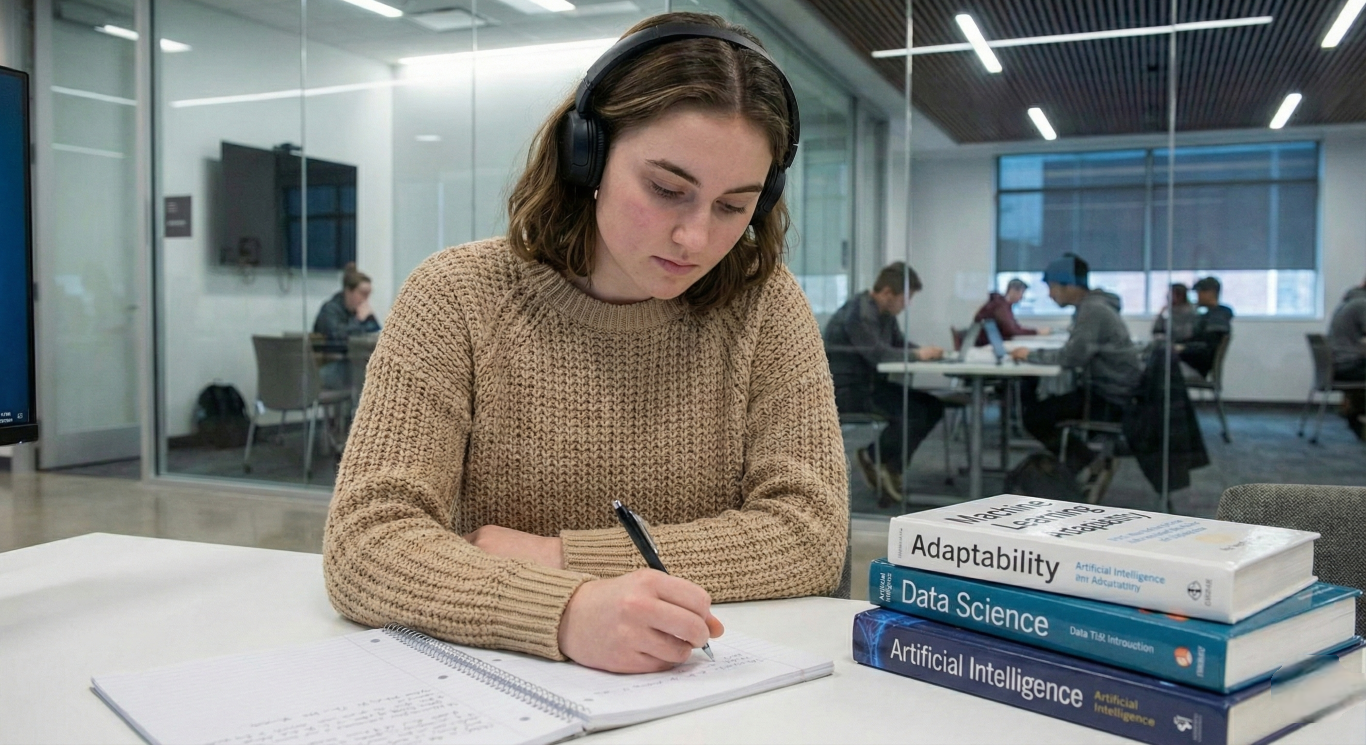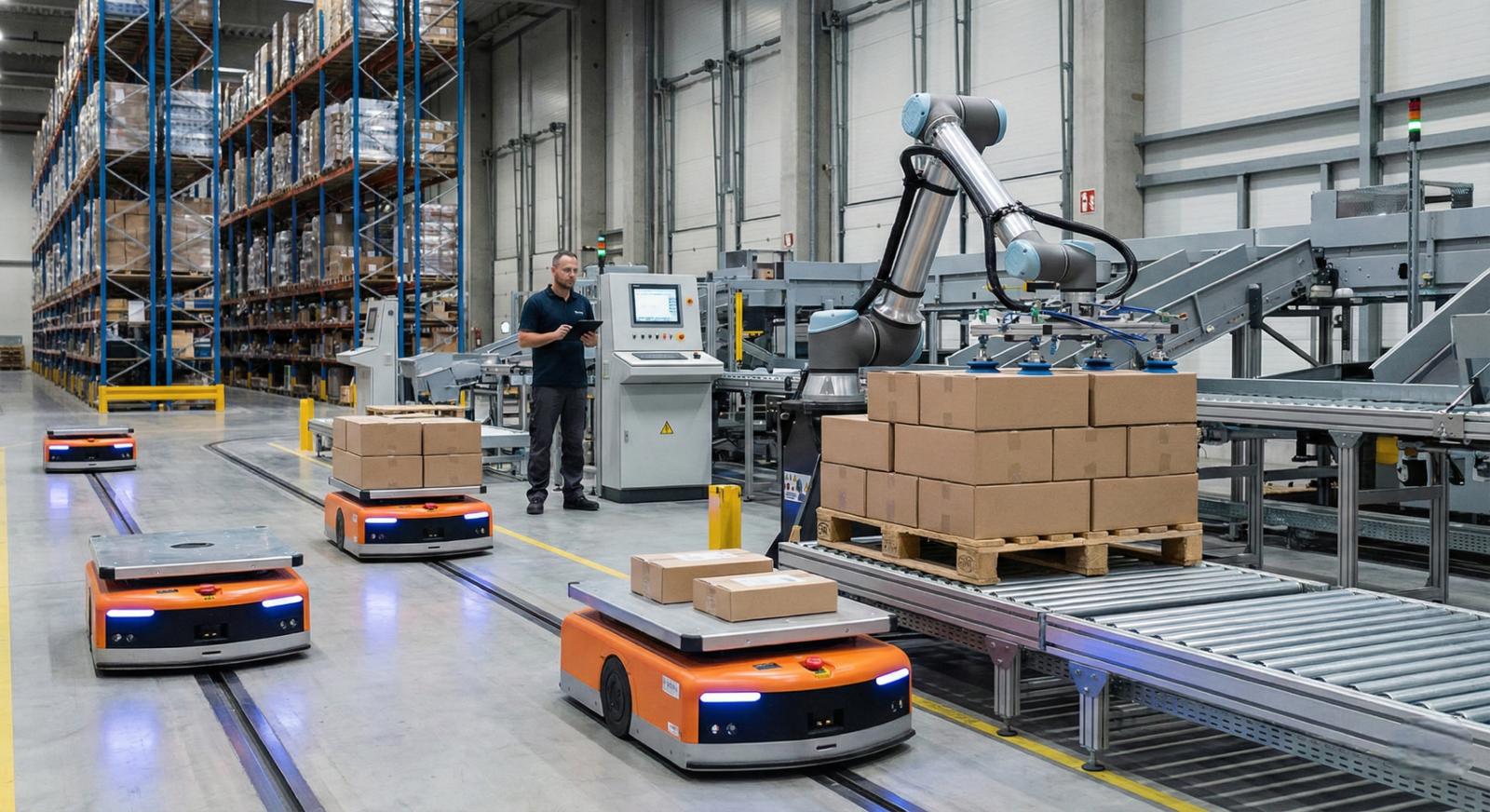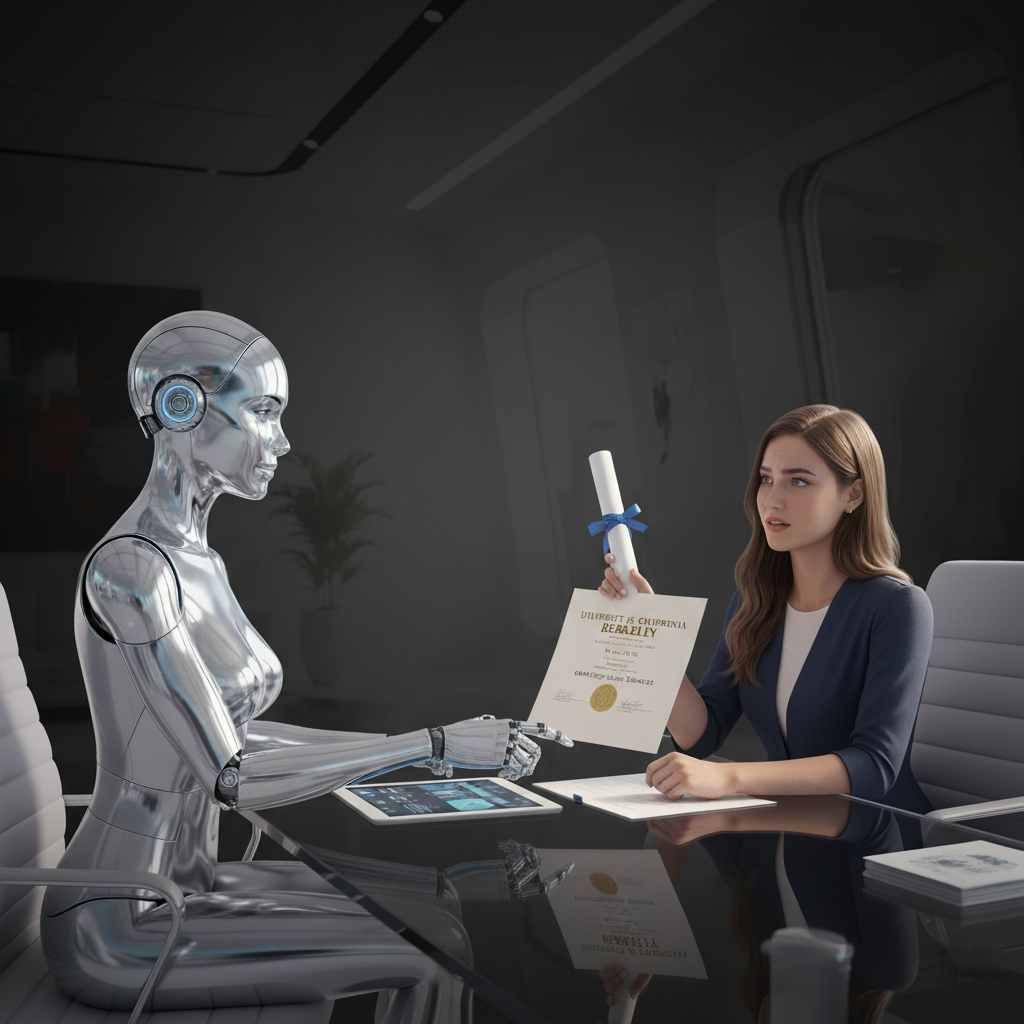Google is at the forefront of innovation with its latest creation, Lumiere. This advanced AI model is set to revolutionize the field of artificial intelligence (AI) video generation. It’s designed to create realistic videos, bringing us a step closer to a future where AI-generated content is virtually indistinguishable from reality.
Lumiere: The Space-Time Diffusion Model
Lumiere is a unique text-to-video diffusion model. It uses a special architecture known as the Space-Time U-Net (STUNet). This architecture allows Lumiere to generate the entire duration of a video in a single pass. This is a significant shift from existing video models. These models typically synthesize distant keyframes first, followed by temporal super-resolution.
In simpler terms, Lumiere can handle both spatial and temporal aspects at the same time. Spatial refers to where things are in the video. Temporal refers to how things move and change throughout the video. This capability allows Lumiere to create an entire video in one smooth process. It doesn’t need to stitch together many small parts or frames.
Lumiere’s Capabilities
Lumiere has a range of impressive features beyond its core functionality. It can perform text-to-video generation, turning a written prompt into a video. It can also convert still images into videos. Lumiere can generate videos in specific styles using a reference image. It can apply consistent video editing using text-based prompts. It can create cinemagraphs by animating specific regions of an image. Lumiere also offers video inpainting capabilities.
Despite outputting five-second-long 1024×1024 pixel videos, which Google researchers describe as “low-resolution,” Lumiere’s outputs were preferred over existing AI video synthesis models in a user study. This indicates that Lumiere’s advanced capabilities and realistic video generation are pushing the boundaries of AI video synthesis.
Google’s tech is now competing with Runway, Stable Video Diffusion, and Meta’s Emu. Last year, Runway introduced Gen-2, which offers more realistic videos. However, it struggles with portraying movement.
The Future of AI Video Generation
The introduction of Lumiere marks a significant milestone in AI video generation. It not only surpasses other AI video generation models but also sets a new standard for future developments. Google has not yet disclosed when or if Lumiere will be available for public use. It keeps its groundbreaking AI research models under wraps.
Lumiere’s capabilities are impressive, but they also raise important ethical considerations. The potential for creating realistic videos could lead to the misuse of technology. This could result in the creation of fake or harmful content. Google recognizes this risk. It emphasizes the importance of developing and applying tools for detecting biases and malicious use cases. This is to ensure the safe and fair use of such technology.
Final Thoughts
Google’s Lumiere is a testament to the rapid advancements in AI video generation. It brings us closer to a future where AI-generated videos are more real than unreal. As we marvel at the capabilities of this innovative model, it’s crucial to consider the ethical implications. We must strive for responsible use of such powerful technology. Lumiere is not just a leap forward in AI video generation. It’s a glimpse into the future of digital content creation.





